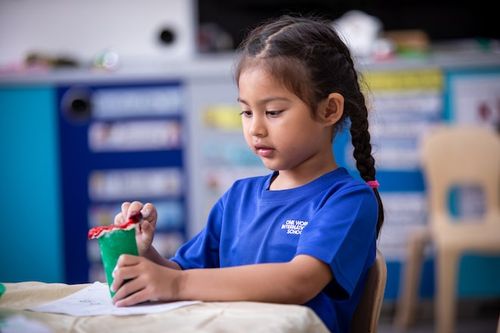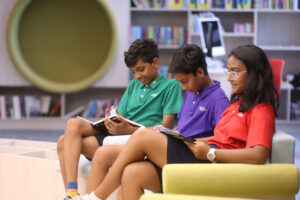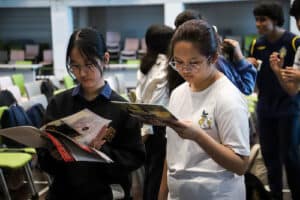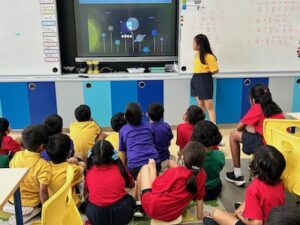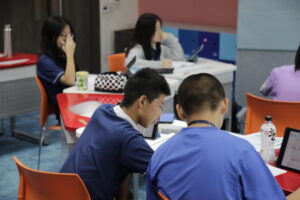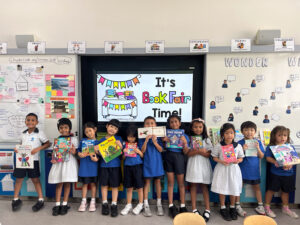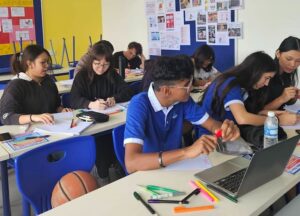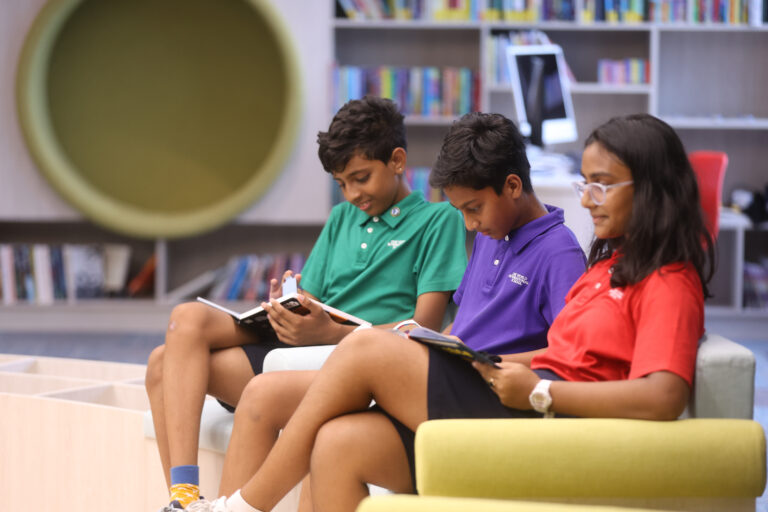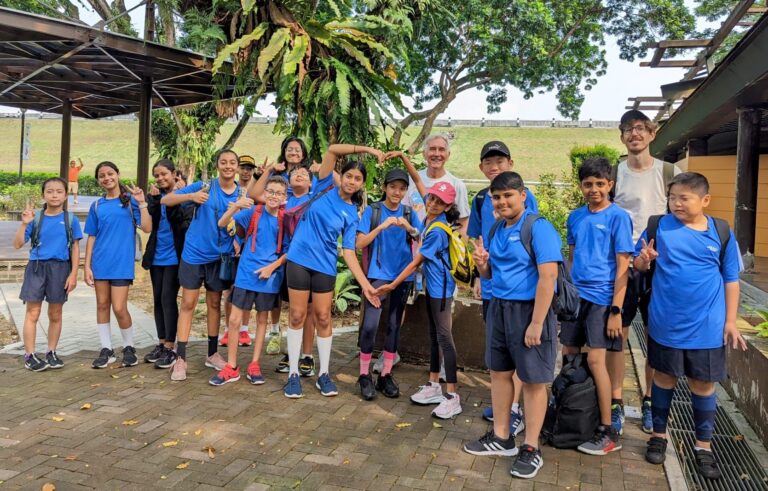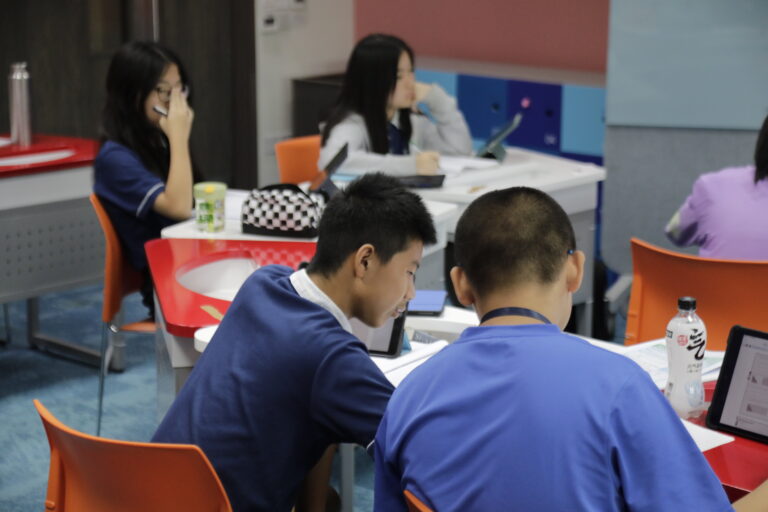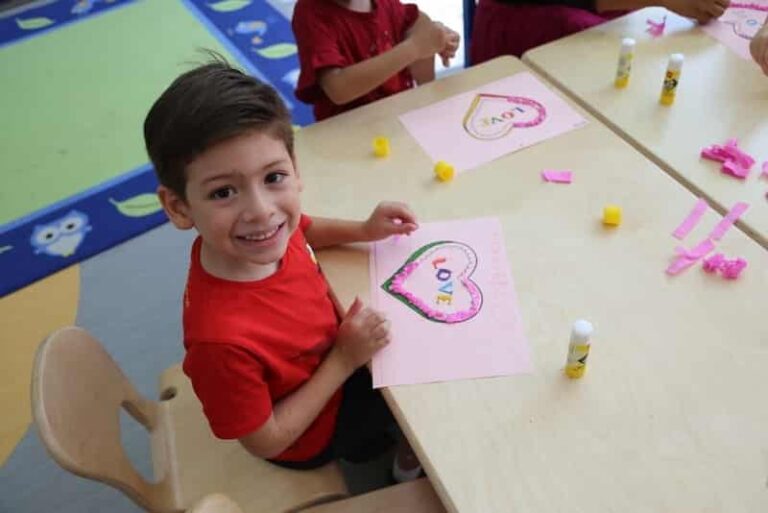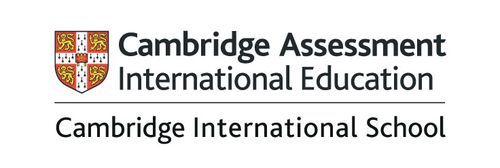At one point in time, most educators believed that all they had to do was present information to students in a specific way, and students would retain the content and concepts discussed. Today, however, teachers and administrators realise that instruction must be customised to meet the needs of the individual student. When educators make an effort to provide differentiated instruction, they are able to be more effective in the classroom.
What is Differentiated Instruction and Why is it Needed in Today’s Diverse Classrooms?
Most teachers are going to be working with a mix of students throughout the year. According to American educator and researcher Carol Ann Tomlinson, today’s classrooms are characterised by the academic diversity of students with varied interests, preferred approaches to learning and different levels of readiness. As such, many students benefit from a variety of teaching styles and the most qualified and experienced teachers differentiate their instruction to meet the needs of every learner in their class.
Tomlinson notes that a student’s culture, religion, background and personal experiences can have a significant influence on their ability to learn effectively. When teachers understand this, they are able to personalise the instruction and ensure that every student is as successful as possible.
At One World International School, we have always believed in the importance of differentiated instruction. We personalise the learning experience for all of our students not only because we have a multicultural student body but also because we believe it is the best educational practice. Differentiated instruction is an integral part of what we do and who we are.

What are the Types of Differentiation?
- Content — Teachers can adjust or adapt the content they are teaching. For instance, they can have books in their classroom at a variety of reading levels. Content can also be presented in different ways using pictures, videos or text depending on a student’s interest and learner profiles.
- Process — Teachers can provide different experiences for students so that they can select the learning process that works best for them. For instance, teachers can create learning centres that allow students to identify which topics or subjects they enjoy the most.
- Products — Teachers can ask students to complete projects that include several elements to give them an opportunity to showcase what they have learned. For example, teachers could assign a book report and allow students to complete it by drawing a picture, acting out a scene from the book or writing a small paragraph about a favourite character.
- Learning Environment — Teachers can design a learning environment that includes spaces for every type of learner. For instance, teachers can include flexible seating for students who prefer to stand, move or sit while working. They can also create quiet corners for reading while still having centres where students can engage in active play.

What Makes Differentiation Successful?
Differentiation is most successful when it is applied at a school that has a rigorous, well-rounded curriculum in place. When a curriculum programme is developed to meet the needs of every student at the school, the teacher will be able to better differentiate instruction for each student in the classroom.
At One World International School, our teachers differentiate their teaching in the classroom to make sure that every student is successful and is performing to their highest ability. In addition, this process of personalising the educational experience allows students to take ownership of their progress. They know that they have the ability to choose the method that works best for them.
To learn more about the primary school in Singapore experience at OWIS and how differentiation is implemented in our classrooms, contact OWIS today to set up a virtual tour.
Please note: All the images in this blog were taken in pre-Covid times.
(This blog was originally written in collaboration with Ms Krithika Venkataramani, former Primary School Teacher, OWIS Nanyang.)
